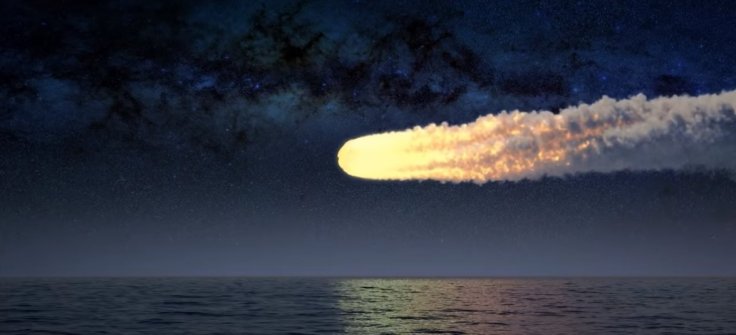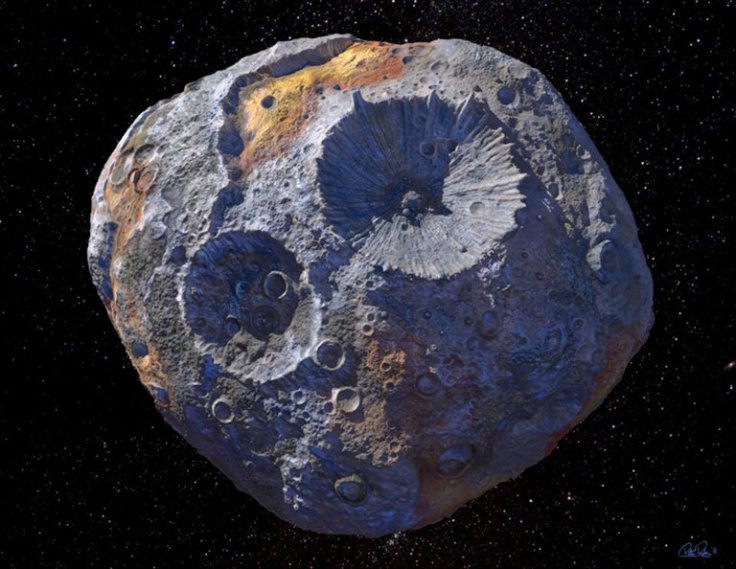A group of researchers released a study that provides new information regarding the mystery behind the Tunguska airburst event in 1908. According to the researchers, an explosion caused by an ordinary meteor may not have caused the destructive incident.
In 1908, a cosmic object entered Earth's atmosphere and triggered a powerful mid-air explosion over the Podkamennaya Tunguska River in Russia. Reports indicated that the airburst occurred at an altitude of about 10 kilometers from the ground.

Details Of Tunguska Event
The energy from the blast was so powerful that it leveled about 2,150 square kilometers of forest. It was estimated that around 80 million trees were destroyed by the blast. Fortunately, the incident happened in a remote area.
Investigations on the incident suggested that the mid-air explosion was caused by a meteor bolide made of rock or ice that detonated upon entering Earth's atmosphere. It was believed that the meteor was about 50 to 190 meters wide.
Debunking The Meteor Airburst Theory
However, according to a new study published in the Monthly Notices of the Royal Astronomical Society, a meteor made of rock or ice may not have caused the Tunguska event. Meteors made entirely of ice would have immediately melted if they enter Earth's atmosphere at the same velocity as the Tunguska impactor.
As for rocky meteors, this kind of space rock would have fragmented into several pieces at a higher altitude after entering the atmosphere. According to scientists, air entering the cracks on the surface of rocky meteors makes them susceptible to the internal build-up of pressure, which could lead to fragmentation.

New Explanation For Tunguska Event
According to the authors of the new study, led by astronomer Daniil Khrennikov of the Siberian Federal University, the Tunguska incident was most likely caused by an iron asteroid. Based on their calculations, a space rock composed mainly of iron would be able to successfully penetrate the atmosphere without breaking apart into several pieces.
In addition, instead of exploding mid-air, the scientists believe the asteroid skimmed Earth's atmosphere at a low altitude. It then passed through the atmosphere and flew back into space. As it traversed the atmosphere, it produced a powerful shock wave that had a devastating effect on the ground.
"The results obtained support our idea explaining one of the long-standing problems of astronomy - the Tunguska phenomenon, which has not received reasonable and comprehensive interpretations to date," the researchers wrote in the study. "We argue that the Tunguska event was caused by an iron asteroid body, which passed through the Earth's atmosphere and continued to the near-solar orbit."









